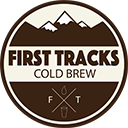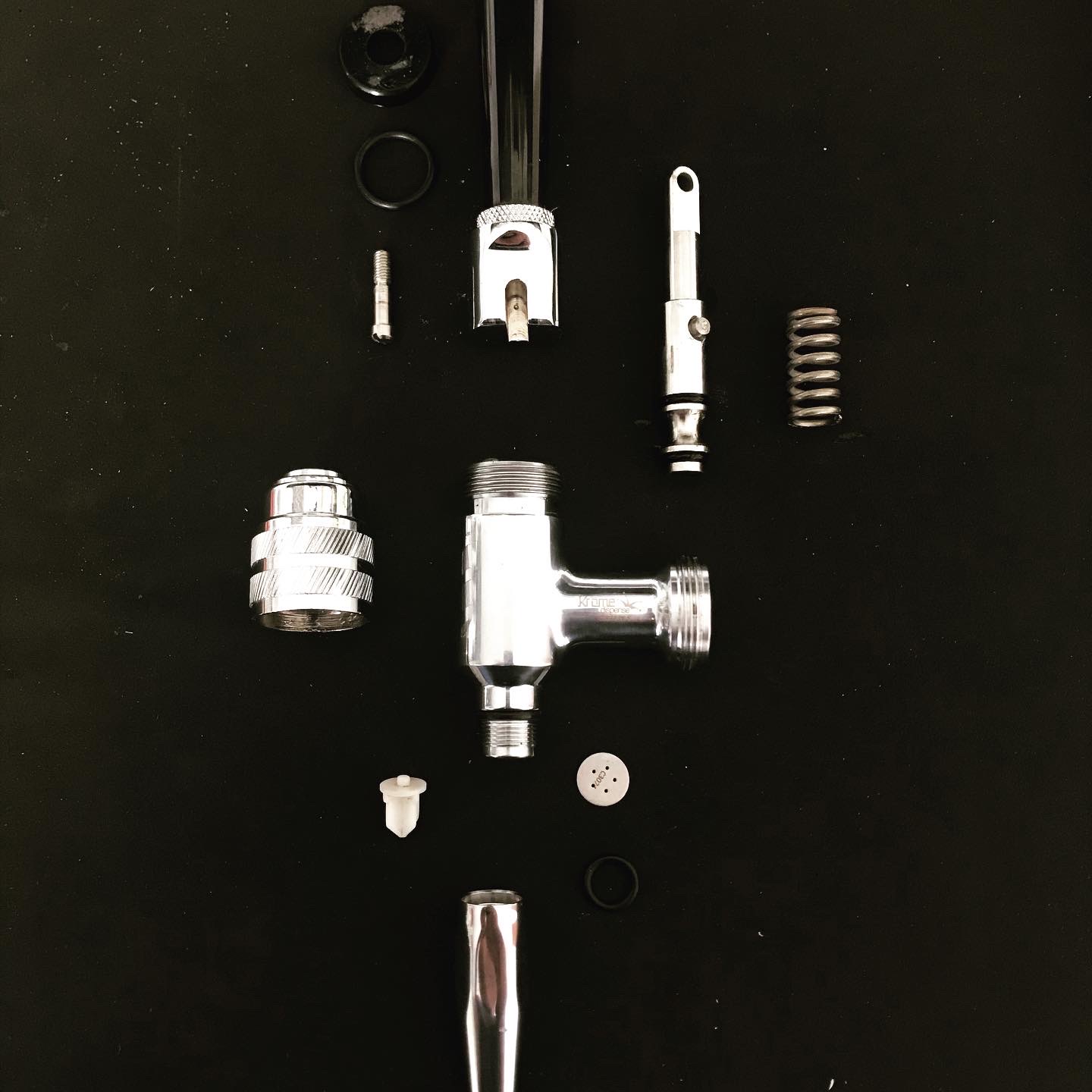So you’ve done it, you’ve pulled the trigger and have a new (or well loved) kegerator installed in your home or office and have decided to join the hordes of people who are flocking to cold brew coffee on nitro. The allure of the creamy head and promise of a caffeine buzz is just too great. Congratulations, you’ve made a good decision. However, as convenient and delicious as it is to have cold brew flowing freely, issues beyond heart palpitations can arise after installation. Thankfully we’re here to help and will walk you through troubleshooting the most common problems that come up without having to call for help and wait on them to arrive. We’re going to walk you through some of the most common issues and easiest fixes.
- Keg is not pouring: You pull the faucet and nothing comes out or it comes out for a short period of time and then stops flowing. This is the most common issue, most frustrating and most easily fixed.
- Gas is not on/out – Check to make sure the gas is turned on, if it isn’t, turn it on and don’t tell anyone, it’s our secret. Check the gauges on the nitrogen regulator. There should be two gauges. One, measuring the pressure in the tank between 0-4000 psi. This should be above 500 psi. If lower, you need to either replace the gas or double check that the tank is turned on. The other gauge measures the pressure running to the keg. This should be read between 35-45 psi. If it’s low, you will need to raise the pressure by turning the screw on the front of the regulator with a flat head screwdriver.
- Carb stone is clogged – Inside most corny kegs used for nitro cold brew is a small porous metal cylinder called a carb stone. It’s used to push and dissolve the nitrogen into the coffee. Over time, tiny little holes in the carb stone can get clogged with the oils and solids that are dissolved in the coffee. This can slow down and eventually stop the flow of nitrogen into the tank. When you turn on the coffee you should hear some bubbling inside the tank, if not, then it may be time to replace the stone.
- Gas or liquid connections are not hooked up properly It is hard to do, but yes, if you really put your mind to it, you can cram the gas line onto the liquid line and vice versa. This will give you a more flat result and a slow pour. The fittings should go one fairly easily. Swap’m.
- Line is frozen – This is the number one issue when we install a new kegerator. The box is still at ambient temperature and we stick a keg in. The cooling element needs to work overtime to cool down the inside and the liquid line up into the tower freezes. You can tell because aside from it looking frozen, you can hear the ice crunch as you bend the line.
- Restrictor plate is clogged– You should be using a stout faucet for your nitro cold brew coffee, if you’re not, you’re not getting the most out of the experience. The way a stout faucet works is by forcing the coffee through very tiny holes in a metal disk called a restrictor plate. This is why 1) your coffee needs to have a higher pressure and 2) the coffee is agitated and the nitrogen comes out of solution creating the creamy head. These holes are just small enough to be clogged by the errant ground that has slipped through the filtering process. The restrictor plate can be accessed by unscrewing the bottom of the faucet and popping it out from the bottom, cleaning it out and then replacing it.
- Coffee is flat, not cascading: This is a big issue. People pay a premium for cold brew on nitro and expect the look and taste that come with it. Several factors can affect this.
- Gas is set too low– Bump it up to 35-45 psi, this will force the nitrogen into solution and then it will come out when it is poured at atmospheric pressure.
- Missing carb stone – The carb stone mentioned above helps to dissolve nitrogen into the liquid. If the keg is missing a carb stone and only coffee in contact with nitrogen is at the surface it will take a much longer time for the gas to absorb into the coffee.
- Not under pressure for long enough – It takes time for gas to dissolve into a liquid, the longer it sits there the more gas will absorb. In a prior life I was a dive instructor, divers (should) know that the longer you spend underwater the more nitrogen dissolves in your bloodstream, when you come up too fast, this nitrogen can come out of your bloodstream and can cause the bends. In coffee however, nitrogen coming out of solution is what we want, it gives us our cascading bubbles. The longer the keg sits, the more nitrogen will be absorbed, although, it wouldn’t hurt to shake it a bit.
- Coffee tastes weird or off: Most likely one of two issues.
- Oxidation: This is the primary issue when it comes to cold brew coffee. When coffee is exposed to the oxygen in air for longer periods of time it begins to oxidize which can result in an acidic taste. Cold brew that has been properly packaged in sanitized containers and have had the kegs purged with nitrogen can last 2-3 months on tap. Once oxidation starts there’s no way to stop it.
- Other Flavors:
- It’s important to have clean beverage lines at all times. For kegerators that don’t see a lot of action, the coffee (or beer) can sit in the hoses for a while and cause off flavors. A quarterly or more frequent cleaning will prevent this from happening.
- Being an organic product coffee is subject to countless little microbes could have slipped through the cracks. Keeping them at bay is a losing prospect and the best you can do is to postpone the inevitable. Keeping oxygen out and cleaning and sanitizing the kegs is best way to prevent it. Our advice, drink the coffee fast.
- Losing pressure too quickly in the Nitrogen tank: Each 5# nitrogen tank should last at least 4 kegs if you keep the pressure at 40 psi. If you are having to replace the nitrogen tank with a full one more frequently than that you probably have a leak in a loose fitting or an o-ring. The easiest way to identify the leak is to spray every connection and fitting with soapy water, the leaks will produce bubbles.
While I can’t guarantee that this will solve all of your cold brew problems, I feel confident that this covers most of the common issues. If you try all of this an still have issues, shoot us an email at info@firsttrackscoldbrew.com . We’ll do what we can to help you sort it out.







I am getting nitrogen coming through regular cold brew tap could this be a check valve problem?
If you have nitrogen coming out of the tap you are either out of coffee and there’s nothing but gas left in the keg or your fittings are hooked up to the wrong posts. For ball lock kegs your grey gas line should connect the nitrogen tank to the keg. The black fitting should go to the tap.